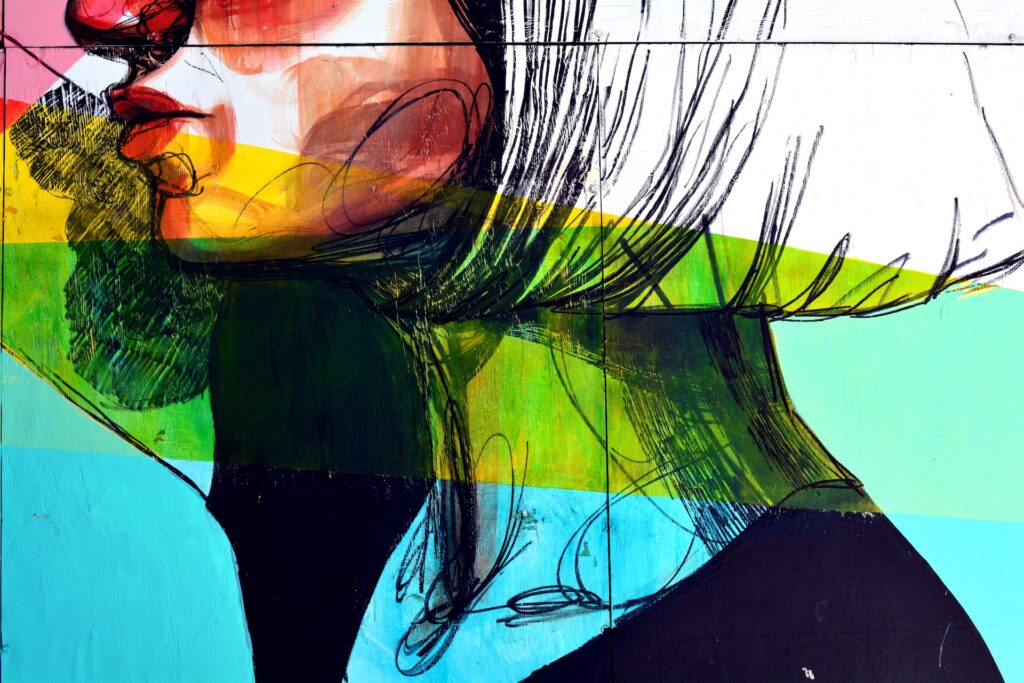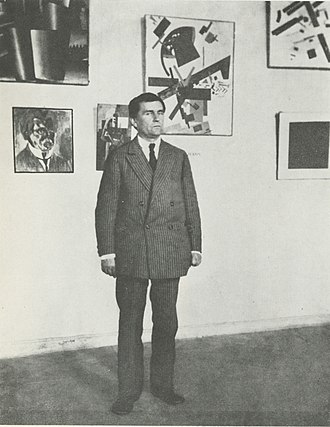Abstract art has long captivated and puzzled viewers with its departure from representational depictions. With its emphasis on form, color, line, and emotion, it invites us to explore the realms of the imagination. It also embraces subjective interpretations. While some may find abstract art perplexing, it holds the power to evoke profound emotions and challenge conventional perceptions of artistic expression. In this article, we will embark on a journey to understand abstract art, unraveling its origins, key elements, and the unique experiences it offers to artists and viewers.
Origins and Evolution of Abstract Art
It emerged as a response to the rise of industrialization and the changing artistic landscape of the late 19th and early 20th centuries. Artists sought to break away from traditional representational art. They wanted to explore new realms of expression. Pioneers such as Wassily Kandinsky, Piet Mondrian, and Kazimir Malevich embraced abstraction as a means to delve into the emotional, spiritual, and non-representational aspects of art. They believed that art could transcend the physical world and tap into a deeper, universal language of form and color.
Key Elements of Abstract Art
- Form and Composition: Abstract art emphasizes the arrangement of shapes, lines, and forms on the canvas. Artists employ various techniques to create unique compositions, playing with balance, movement, and spatial relationships.
- Color: Color is a powerful tool in abstract art, often used to convey emotions, evoke moods, and create visual impact. Artists experiment with a broad spectrum of hues, exploring their relationships and harmonies.
- Line and Texture: Lines can be bold, energetic, or delicate, guiding the viewer’s eye and adding a sense of movement and rhythm. Texture, whether implied or physical, can add depth and tactile qualities to the artwork.
- Abstraction and Simplification: Abstract art aims to distill the essence of a subject or idea, stripping away unnecessary details and focusing on its core elements. This simplification allows for a more direct and emotional connection with the viewer.
Interpretation
It encourages subjective interpretation, as it does not rely on recognizable objects or figures. I’s beauty lies in the freedom it offers viewers to engage with the artwork based on their own experiences, emotions, and perceptions. Here are a few approaches to interpreting abstract art:
- Emotional Response: Allow yourself to be open to the emotions and sensations evoked by the artwork. Pay attention to how the colors, shapes, and compositions make you feel. It can elicit a wide range of emotions, from joy and tranquility to curiosity and introspection.
- Personal Associations: Abstract art often leaves room for personal interpretation. Look for elements that remind you of something or trigger memories. Thus allowing your own experiences and associations to shape your understanding of the artwork.
- Formal Analysis: Engage with the formal elements of the artwork, such as color, line, and composition. Observe how these elements interact and how they contribute to the overall visual experience. Consider the artist’s use of techniques and the impact they have on your perception of the artwork.
- Artist’s Intentions: Research the artist’s background, artistic philosophy, and intentions behind their abstract creations. Understanding the context in which the artwork was created can provide valuable insights into the artist’s motivations and enhance your understanding of the piece.
Abstract art invites viewers to step out of their comfort zones and embrace the unknown. It encourages us to explore our own creativity, challenging preconceived notions of what art should be. When engaging with abstract art, keep an open mind and allow yourself to be immersed in the experience.

